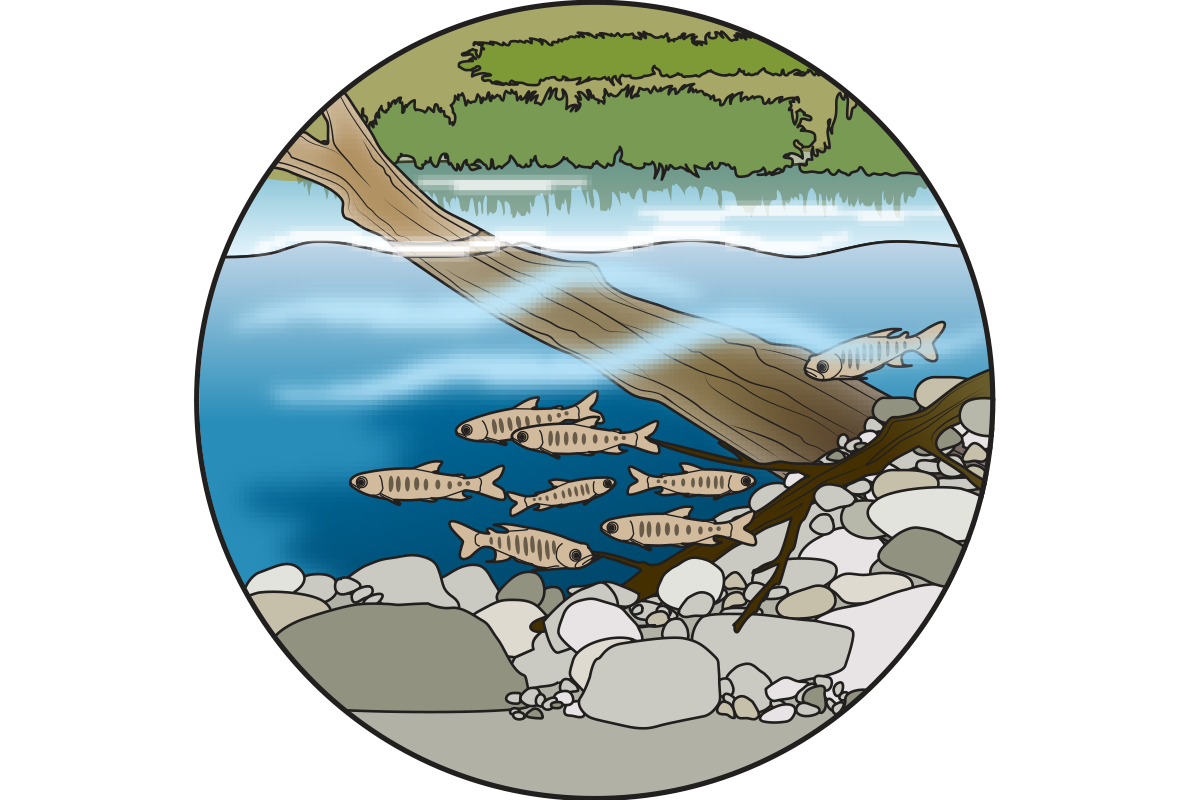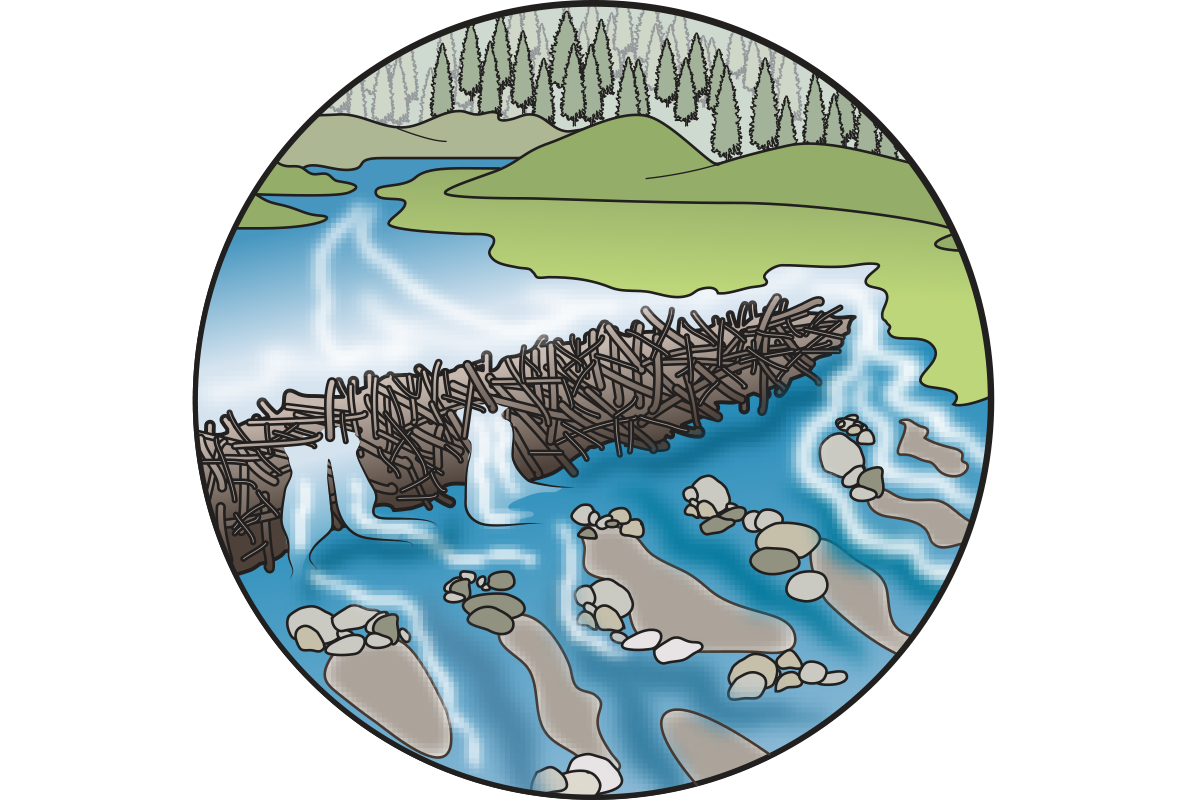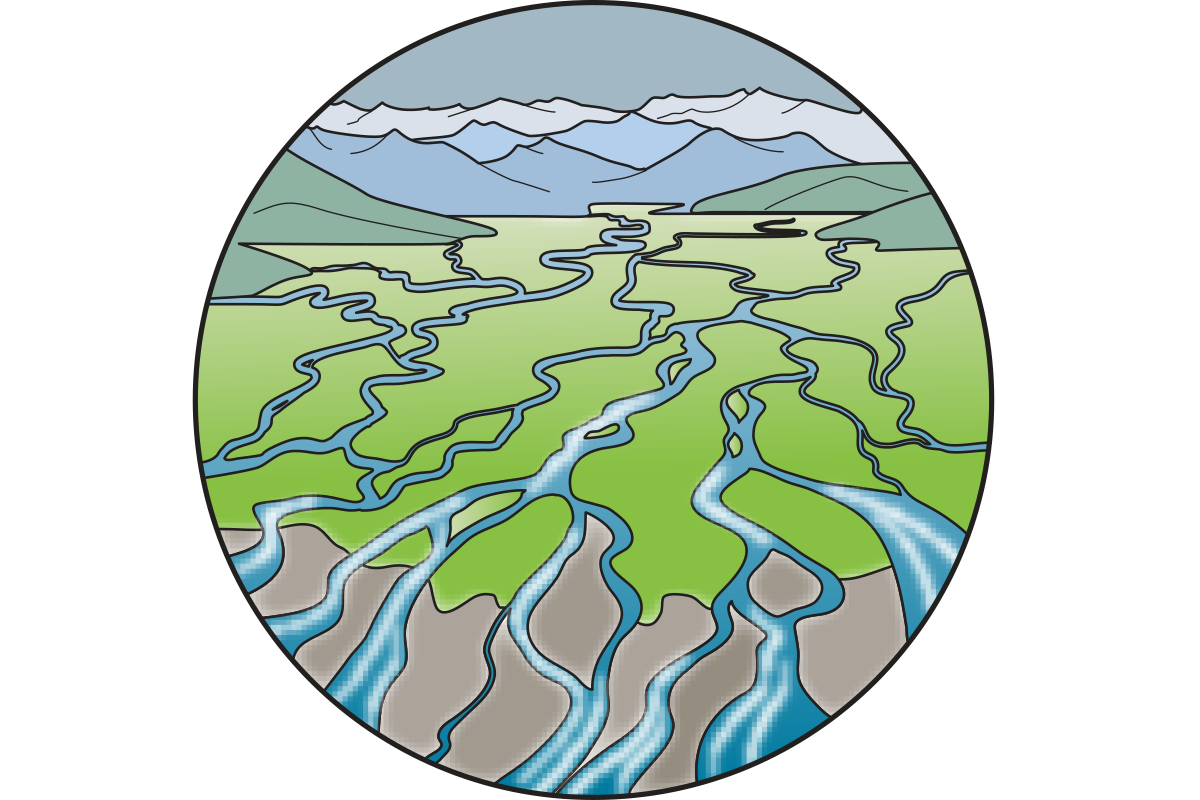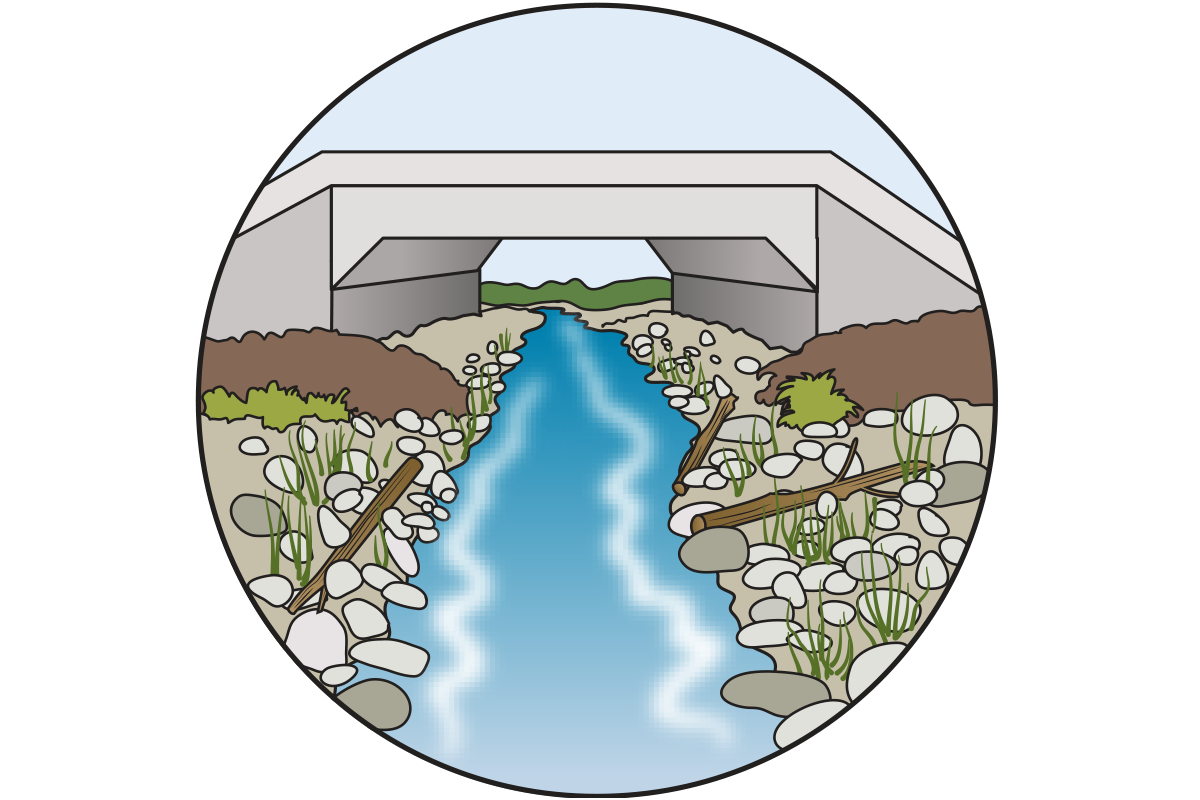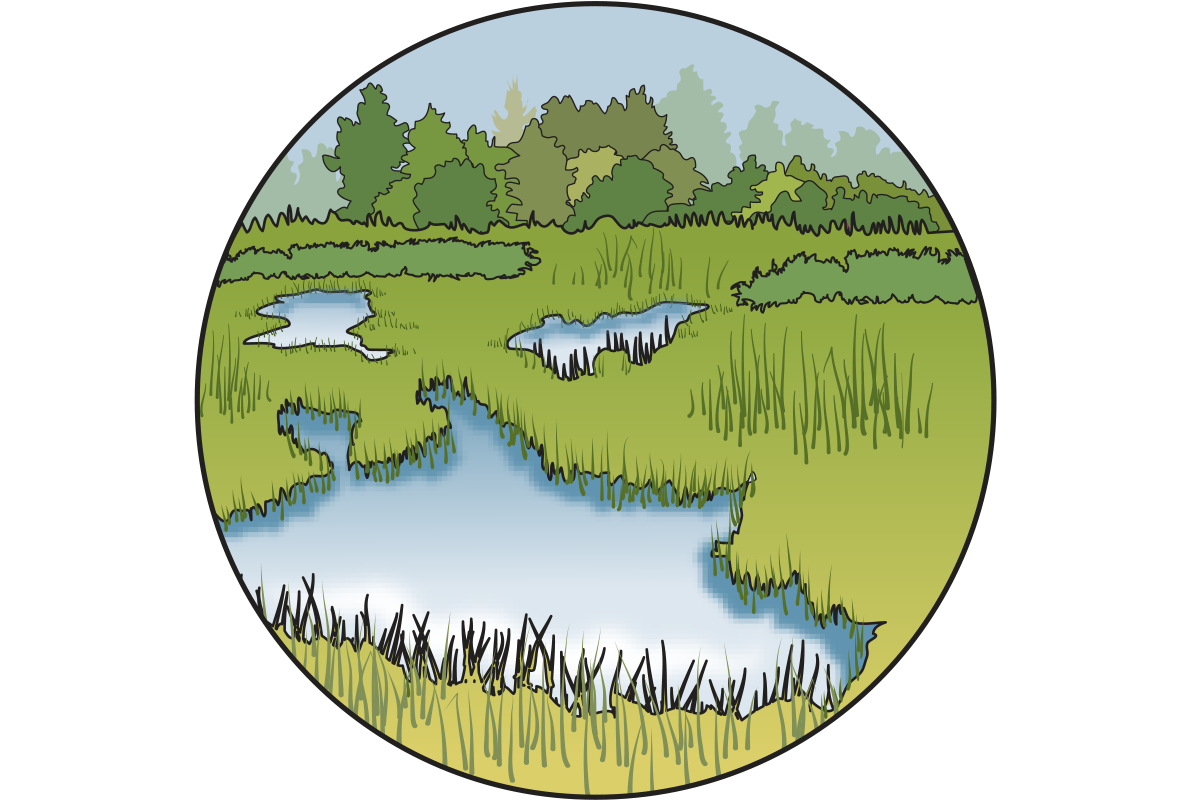Overview: Restoration Priorities for Coast Coho
The Coast Coho Partnership has completed Strategic Action Plans (SAPs) for Coho populations in the Elk, Siuslaw, Coos Bay, and Nehalem River watersheds. Four SAPs are now underway in the Siletz, Coquille, Tillamook Bay, and Upper Rogue River watersheds. While this is not an exhaustive list, the most common restoration strategies called for in the plans include the following.
Header photo credit: © Dave Herasimtschuk. Illustrations credit: Elizabeth Morales

